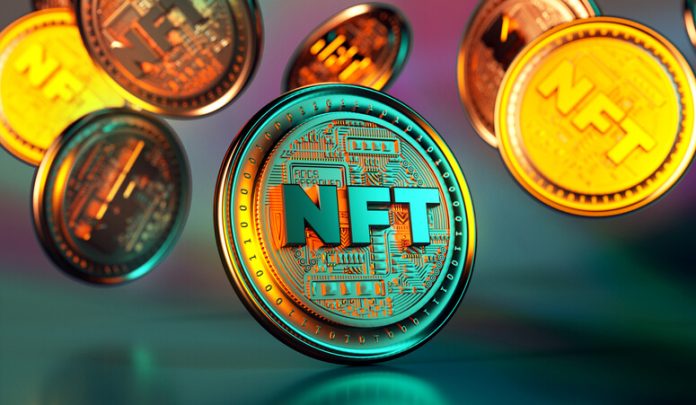Blockchain is an important part of cryptocurrencies. Blockchain is mainly used to create crypto assets and when you are a beginner, you might think that it is just for developing crypto assets. Blockchain technology nevertheless has a lot more potential than cryptocurrency. Like tokerns, you will also need to understand the Key Elements Of Bitcoin.
Governments, companies as well as people might today put IDs, real estate information as well as certificates on the blockchain along with various other crucial info about real-life assets. A student’s diploma might be issued as an electronic document recognized by governments all over the globe on the blockchain. Exactly what are the characteristics which helped individuals do this goal?
This Is exactly where the argument regarding fungible versus non-fungible tokens has gained recognition recently. In the long term, the blockchain economic climate is thought to remain in non-fungible coins. They’re oftentimes pitted against fungible coins or even currently available cryptocurrencies though.
About Tokens
The very first thing you must concentrate on when finding the distinctions between non-fungible and fungible tokens would be the meaning of the token. Tokens imply in the real world a concrete or apparent sign of a sense, quality or fact. In the real world, individuals encounter many types of tokens.
A hotel key card, for an instance, acts as evidence you purchased a stay in the resort. The ID card can be utilised to establish work in the firm. In the same manner, a dependable driving licence demonstrates that the individual has gone through the needed education to be prepared to drive within their home country. A token in the crypto room thus represents a specific individual.
The token could be worth anything, which includes voting rights, stakes, or worth. Strangely enough, a token isn’t restricted solely to a certain function and might deal with distinct roles in its native environment. A token might represent a specific benefit or asset of a business. In a public offering, the firm may provide the tokens to funders.
Differences
Transfer of Value
The distinction between non-fungible and fungible tokens is the fact that every account has a balance according to the tokens in the name of the bank account. By using direct swap or transaction strategies, it’s simple to transfer tokens to additional Ethereum accounts efficiently. For token transfers, the cause account is deducted together with the value of the transfer, such as in true money transfer payments. The beneficiary account gets the same credit simultaneously.
The comparison of fungible to non-fungible tokens means that non-fungible NFTs or tokens possess a distinctive value proposition. NFTs possess unique situations and each token contains a distinct identifier for distinguishing it from some other tokens inside the same smart contract for the token.
Ethereum Token Standard
The subsequent critical element in determining the distinction between fungible tokens as well as non-fungible tokens is related to token standards. To construct a good ecosystem, you ought to develop decentralised applications on Ethereum, that ought to have effortless interaction with each other. However, for those who have two distinct tokens, such as Token Alpha and Token Beta, are you able to discover various smart contract frameworks within them? Developers have to examine both contracts for interactions within the two tokens.
Interchangeability
I’m certain you have heard at this point that fungible coins could be replaced with each other entirely. The most effective instance of fungible assets is related to fiat currencies. Moving fungible property from one person to the next is easy to complete to make payments for particular things. The exchange of fungible assets, however, doesn’t have any significance as they keep the same value. In general, fungible coins are utilised for paying bills and monitoring balances.
Disclaimer: This article contains sponsored marketing content. It is intended for promotional purposes and should not be considered as an endorsement or recommendation by our website. Readers are encouraged to conduct their own research and exercise their own judgment before making any decisions based on the information provided in this article.

































































